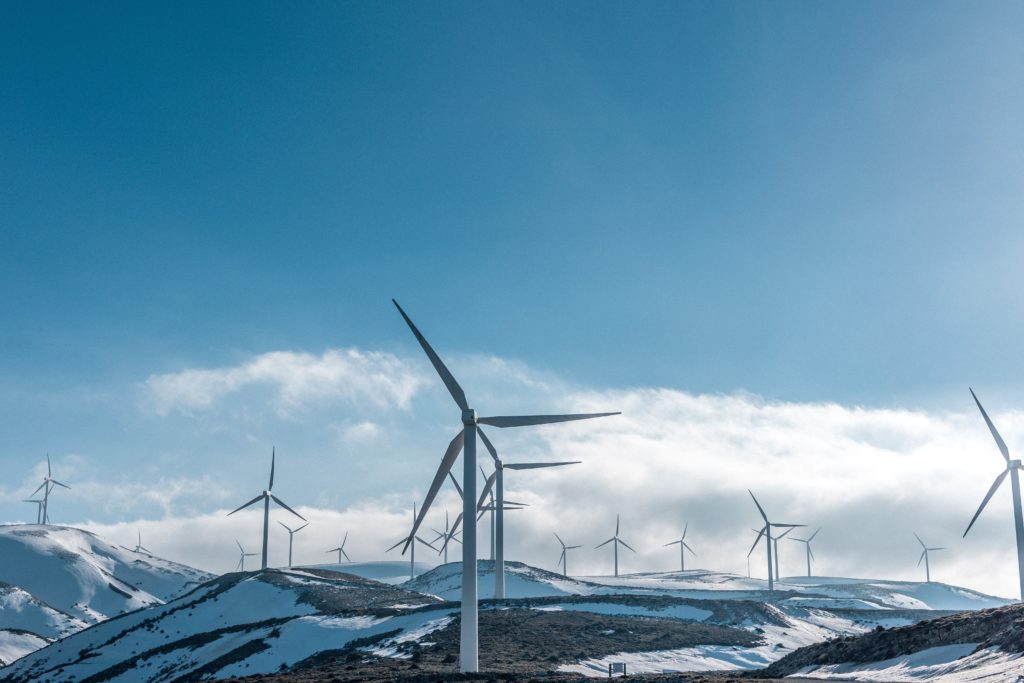Shareholder activism was robust from 2017 through 2020. Though it saw some decline in 2020, partly due to economic and business disruptions related to COVID-19, activism is bouncing back. Large-cap companies in the United States saw a 30% increase in activist campaigns in early 2021 compared to the same period in 2020. The expectation is that shareholder activism will continue to rise. Understanding shareholder trends and reacting proactively to them is essential for businesses, investors, and governments.
Shareholder Activism in 2022
M&A and shareholder activism trends in 2022 continue to follow paths set in 2021 and even earlier. However, the evolution of societal, economic, and political factors continues to play a role in how these paths develop. Some types of shareholder activism investors and businesses can expect through the rest of the year and the immediate future include:
- ESG as a continued focus. Record numbers of ESG-related proposals were presented and successfully won shareholder support in 2021. That trend is expected to continue, especially given that governments and other agencies are pushing these agendas alongside private equity and activists.
- M&A activities leveraged as change mechanisms. M&A activity continues to be a driving force in shareholder activism, with hostile takeovers and board member removal used as change mechanisms to drive desired future states. For example, when Senator Investment Group failed to secure CoreLogic due to the CoreLogic board voting down the proposal, it teamed up with activist shareholders to vote out members of the board and replace them with people willing to vote in the acquisition.
- More shareholder support for social and environmental activities. Board takeovers and other changes managed through shareholders and voting are likely to increase with growing support from shareholders in certain areas. In addition, shareholders are increasingly stepping up to champion environmental and social proposals—a fact that boards, other investors, and businesses must take note of to continue with success in 2022 and beyond.
- More activist efforts are succeeding. Historically, boards and businesses could count on activist efforts to fail in most cases. But the David and Goliath dynamic has slipped, and shareholder activism holds more power than existing structures. As a result, business leaders and others should not act on the assumption that activist efforts are likely to fail.

Growth of ESG Shareholder Activism
Investors’ desires to back personal and societal missions with money have increased, creating a significant force in the changing balance of power that ensures more activist efforts succeed. These factors have, perhaps, the most current momentum in two areas: climate change and social justice.
Activist investors and activist shareholders are putting pressure on firms of all types to go green to reduce emissions and carbon footprints, reach toward Net Zero futures, and reduce risks associated with climate change. Tactics used by these investors range from creating awareness for their missions to negotiating with firm management to make change happen. For example, they may put proposals in front of boards or other shareholders for votes. They can even go so far as hostile takeover activities such as voting out board members or arranging proxy votes to orchestrate change.
One interesting note in 2022 is that this type of environmental-economic activism is taking a top-down journey. The greenest companies have become too expensive for some investors, and shareholder activists may find they have done all they can with such firms. The dollars, then, are trickling down to investments where ESG is fledgling and shareholder activists can make more significant changes.
Social justice is another rallying point for shareholder activists, who look to embed missions related to economic and social equality into firm activities and growth. In many cases, shareholders support these proposals because failure to engage in social justice is seen as a risk for modern businesses, especially as business partners and consumers become increasingly aware of such activities.
M&A Shareholder Activists: Firms Should Remain Vigilant
It is increasingly important for firms to be aware of shareholder activism and its potential impact on M&A activity. Activist investors are increasingly driving M&A activity, selling, or breaking up companies to achieve desired results for social or environmental concerns.
Firms should always remain aware of potential shareholder activism and how it might impact mergers, acquisitions, or overall business growth. However, before launching any effort, firms should take time to analyze weaknesses, particularly concerning ESG, and understand shareholder desires and makeup. Looking for shareholder positions of strength that can leverage to force M&A activity to move in a specific direction can help firms understand where weaknesses are and what potential paths shareholders might try to push the business down.



